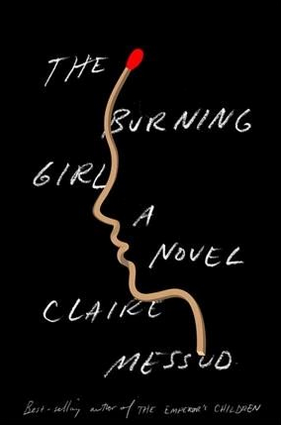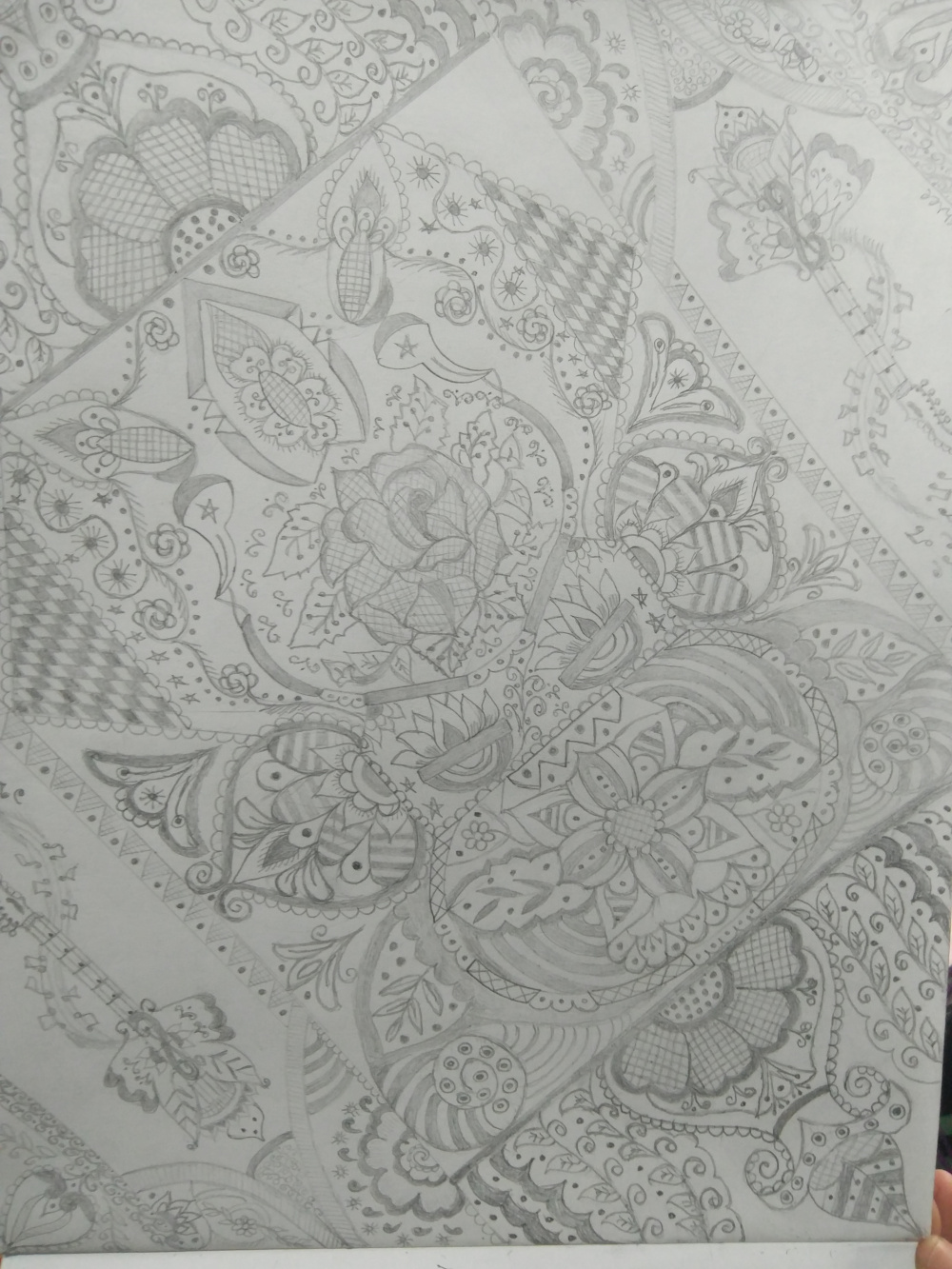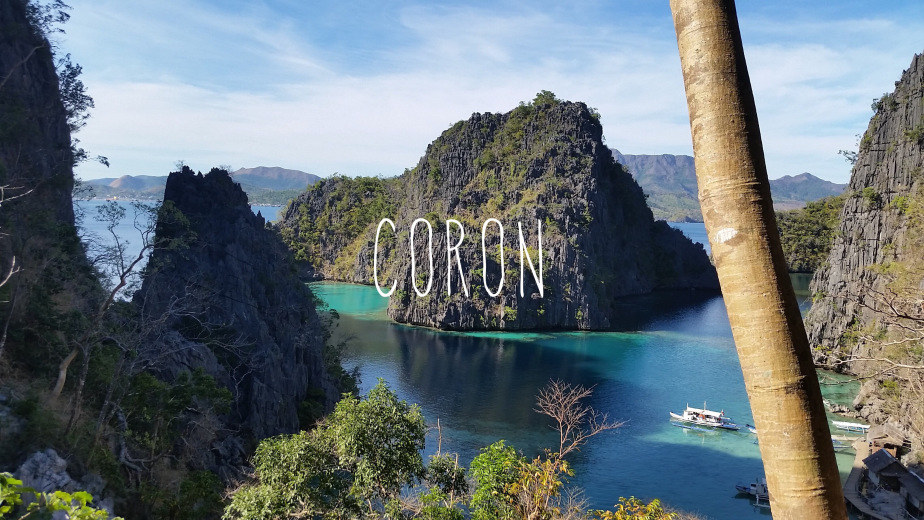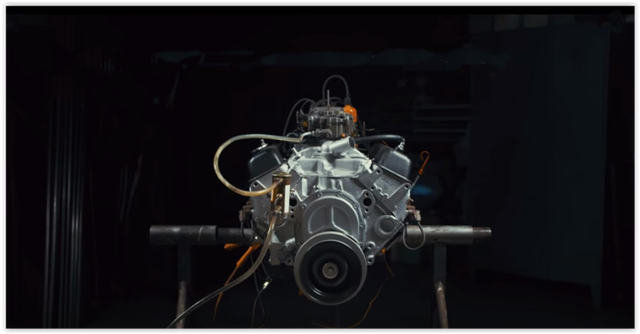Having received polite encouragement to pursue the ‘Curiosity Corner’ series from indulgent readers, I rushed off to compile a list of candidates, pulling out LPs and CDs with butterfly abandon. I thought about the 1956 Folkways album, Folk Music of Jamaica, then jumped to the recent haul of library records and the battered Heavy Rock LP with its, er, subtle cover illustration.
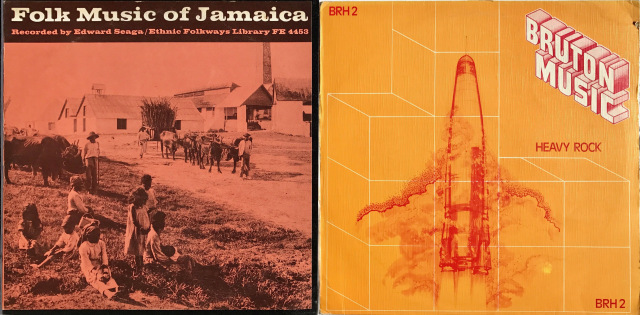
Would Metal Machine Music fit into this category, my stream of consciousness wondered? Or Leonard Bernstein’s instructive What is Jazz? (also from 1956)? Then I remembered a disc in the Vinyl Connection collection that is quite unique. It is a 1990 release on the Australian Broadcasting Corporation label by musician Sarah Hopkins and ‘Research Scientist and Composer’ Alan Lamb.
Sky Song is a collaboration between cellist Hopkins and Lamb, who ‘has developed an Aeolian music called wire music’ (CD cover notes). Essentially, Dr Lamb gets his sounds from long wires in large expanses, using microphones to capture wind-whisper drones.
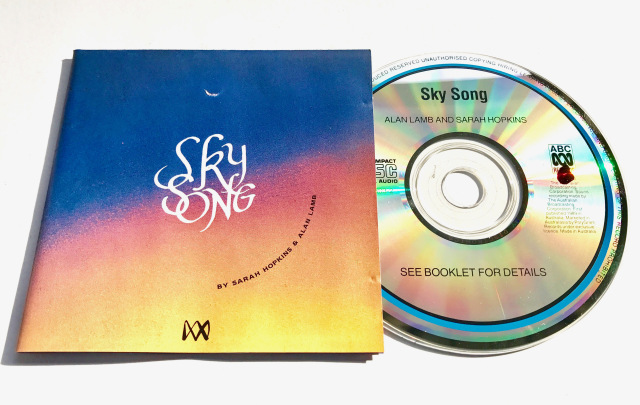
The music arising from this partnership is full of space and mystery; the organic sounds of the cello (and occasional wordless vocals) interweaving with the ghosts in the wind. Wood and bow, wire and air—components entirely familiar—produce here mesmerising currents of other-worldly sounds.
As well as the tracks combining all the elements (the title track, “New journey”, “The winds of heaven”), other pieces on the album feature the artists separately. “Cello Chi” is an entrancing combination of harmonic singing (Hopkins) and her stringed instrument. “Mirages” is unaccompanied telegraph wires (and isn’t that a strange sentence?).
Have a listen to this unusual music:

When I played Sky Song to refresh my memory, something stirred in the windswept paddocks of my mind. The sound of Aeolian harp, not so long ago. The zephyr of remembrance tickled my cheek and was gone…
And then something rather wonderful happened.
As a long-term blogger, you’re always pleased when someone wanders into your back catalogue. A ‘Like’ here, a brief comment there; a breath of life across the dusty electronic pages. Occasionally the visitor sticks around and methodically works their way through the archive (which is very affirming) or more often (but no less precious) looks at a particular post and passes on. Rarely does the suburban blogger have the delightful experience of receiving feedback from someone directly connected with the post. But that is what happened a couple of days ago.
In January last year I posted a story about buying a record at Kongwak Market and went on to review the purchase. It was the soundtrack to an obscure Australian film, Spirits of the Air – Gremlins of the Clouds by Peter Miller. It was easy to write a positive review of this strangely beautiful music, and I am very glad it was, as the composer had dropped by for a read.
It seemed like a perfect opportunity to find out a little more about both the soundtrack and its creator.
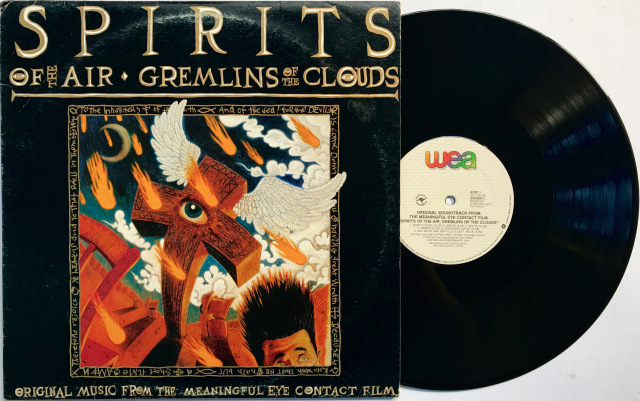
Vinyl Connection: Thanks for talking about your music for Spirits of the Air – Gremlins of the Clouds, Peter. Can we begin with the Aeolian Harp? How did you come to incorporate the sound of this most literal of wind instruments into the music?
Peter Miller: As well as being composer of the music for Spirits, I was the sound designer (and the art-director, as it happens). Because I was responsible for both the music and sound, one of my key ideas was to introduce environmental music elements into the story and the location. You can see many instances of this in the film. Along with the windharps, we placed empty bottles, paper windmills, cardboard tubes and creaky crucifixes throughout the set, all of which feature in the sound and the music tracks. Some of the music themes were composed before the movie was even shot, and we played those pieces on the location from time to time. Felix even whistles part of the main theme at one stage. That was not a post-production decision—it was recorded live on location. We were, as young filmmakers, noticeably influenced by Sergio Leone for this movie; Leone often had Ennio Morricone prepare music tracks for a location shoot.
The windharps feature in several places in the movie, as a motif of optimism (the wind is almost a fourth character in the story). Their tones appear on the soundtrack album, most notably on the track “Wil-boor and Or-ville”, which is only on the vinyl edition (I left it off the CD release because I wanted there to be a ‘point of difference’).
VC: I believe a pair of special instruments were constructed for the film by Rod McDonald?
PM: That’s correct. Rod made the two harps, and decorated them beautifully in the style of the naive religious painting seen throughout the visual design. They are featured in a couple of sequences in the movie. One of them still survives thirty years on. The other is lost to history.

“Gold lettering, now faded, ran around the edge on the crucifix side of the wind vane. It read (in capital letters), “Mary Magdalene Mary Mother of James and Joseph Mother of Zebedee’s Children Eli Eli Lama Sabachthani Eloi Eloi Lama Sabachthani Father into Thy Hands I Commend My Spirit”. Our share household at the time had a much loved Siamese cat named Zebedee. I suspect he might have been an inspiration for this particular passage. My favourite part is the design of the sound holes. (Rod McDonald, via FB)
VC: Where was the Aeolian Windharp music recorded?
PM: The windharps were recorded on the movie location at Mundi Mundi Plains, outside Broken Hill. I spent a lot of time on the locations recording sounds I wanted to incorporate into the music track via the then-new technology of sampling. I had a Roland S-10, which I believe was their first sampling keyboard. I think it had a maximum sample time of 4 seconds!
Because we were in the desert, it was pretty quiet, and the main challenge was to avoid the mic buffeting from the wind.
VC: There seems to be a conscious choice to add some more natural timbres to the largely keyboard-based foundations. Harmonica, organ, slide guitar. What was the goal there?
PM: Although most of the music is keyboard-based, there is no actual electronic synth used in the music. It’s all sampled real sound. So, aside from the big string stuff (which sounds artificial to our ears these days but was fairly state of the art at the time), everything else is made from sounds from the location: blown tubes, stretched wires, wind across bottles, human whistling, the windharps and so forth.
The movie is set in a post-apocalyptic future, where some unspecified catastrophe has rendered all complex technology useless, so in keeping with that I wanted to incorporate some other ‘low tech’ instrumentation that I thought might have survived: the slide guitar, our character Betty’s homemade ‘violin’ and the harmonica—which is of course further homage to Leone and Morricone. Oh, there’s also the organ, which was a pedal-powered harmonium – an instrument once widely found in country churches.
VC: As for the music itself, there is a spare, open quality that is both beguiling and a little unsettling. Was that something you aimed for in this soundtrack setting or is it a more general characteristic of your music?
PM: It’s a little bit of both, to be honest. Listening to soundtrack music in isolation from the movie for which it was created is always a difficult ask in my view, and personally I don’t buy many soundtrack albums because I often find them musically unsatisfying. The first priority for the composer is making the music do its job for the film, so if it manages to survive in any way on its own, that’s a bonus. Fortunately, I think the soundtrack for Spirits does manage to capture the essence of the movie rather nicely on its own terms. My favourite quote from any review of the album described the music as being “like a dust storm through a ghost town” and that’s about as accurate as you can get to my original intention. It was meant to be ethereal, haunting, and atmospheric—by which I mean atmospheric in the way we use it in sound design; a part of the environment.
My music does have qualities like that in general though. I like the interplay between darkness and hummability.
VC: Perhaps you could clear up some chronological confusion. The album cover shows 1989 as the year of Spirits release. Yet the Facebook page has a banner proclaiming 30 years. Excellent forward planning or some Tardis time conspiracy?
PM: Ah, no, that’s just a peculiarity of history and independent film-making. The movie premiered in September 1987, for a small audience in Sydney, but it was not the general release. From that point, it did the slow procession of film festivals which is the way independents hope to secure some kind of distribution. Although we won a few awards, we didn’t get a distribution deal, and eventually we decided just to get it on the screen. As I recall the first general screenings were at the Valhalla Cinema in Sydney in early 1989. The music was released in August, 1989. We eventually got a small local distribution deal, and then a limited release in Japan. To this day, I still get a few dollars a year in music royalties from the Japanese release.
VC: Any chance of a re-issue of the soundtrack?
PM: My lips are sealed…
VC: As well as the 30th Anniversary, what else are you currently working on? Where can people hear your music?
PM: Oh, I’m constantly working. Right now I’m making a dedicated musical + visual work called The Everlasting Faint. The first two clips for that—Nightcap and Beyond the Wall of Sleep—are on the landing page of my site scribbletronics.com. All my other adventures can be found elsewhere there too, including the music I’ve been making over the last 30 years.
VC: Thanks for chatting to Vinyl Connection, Peter.
PM: My pleasure entirely!
Share this: